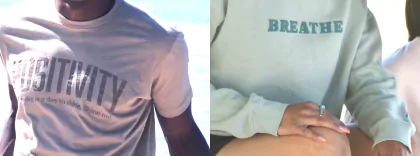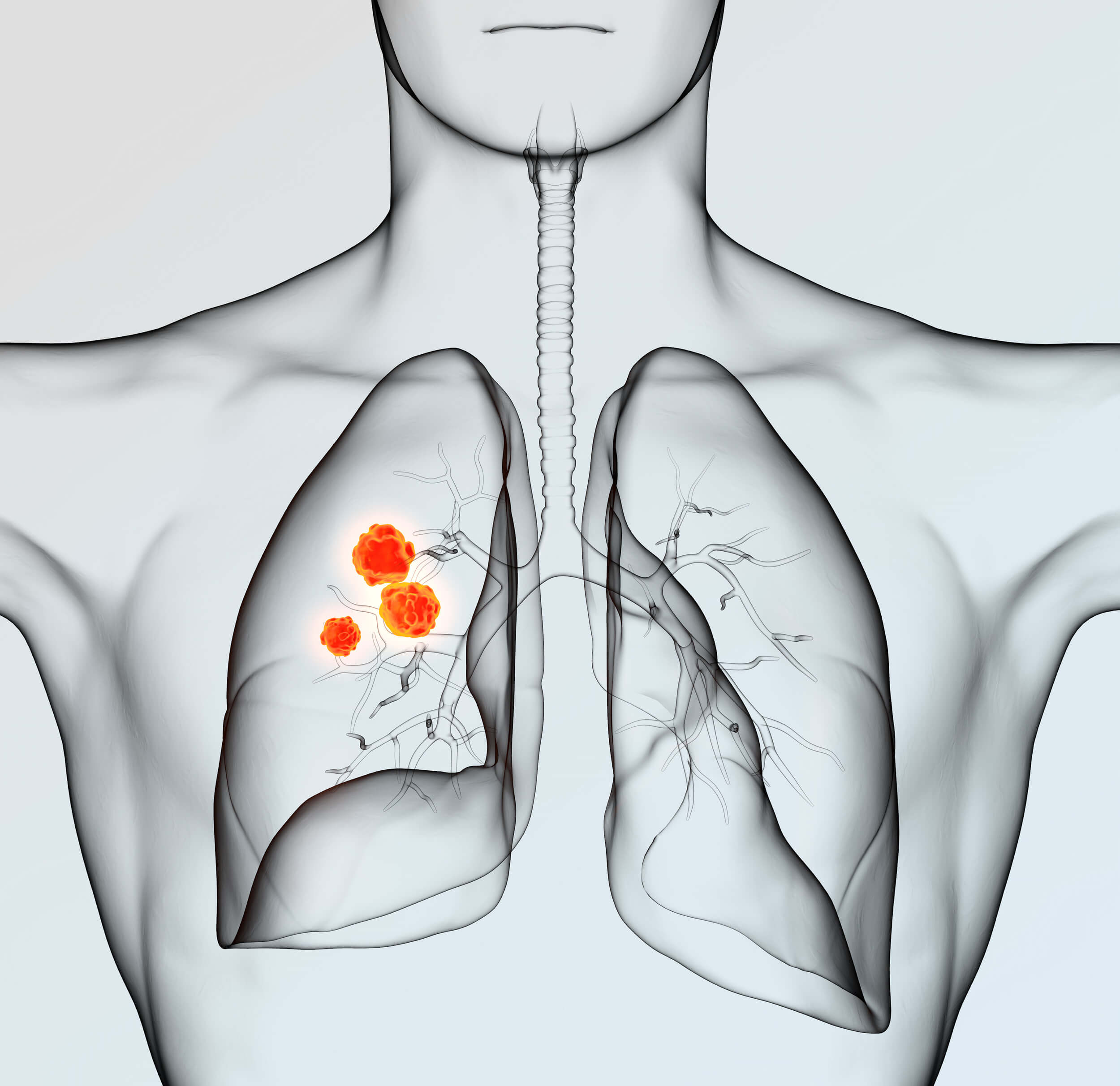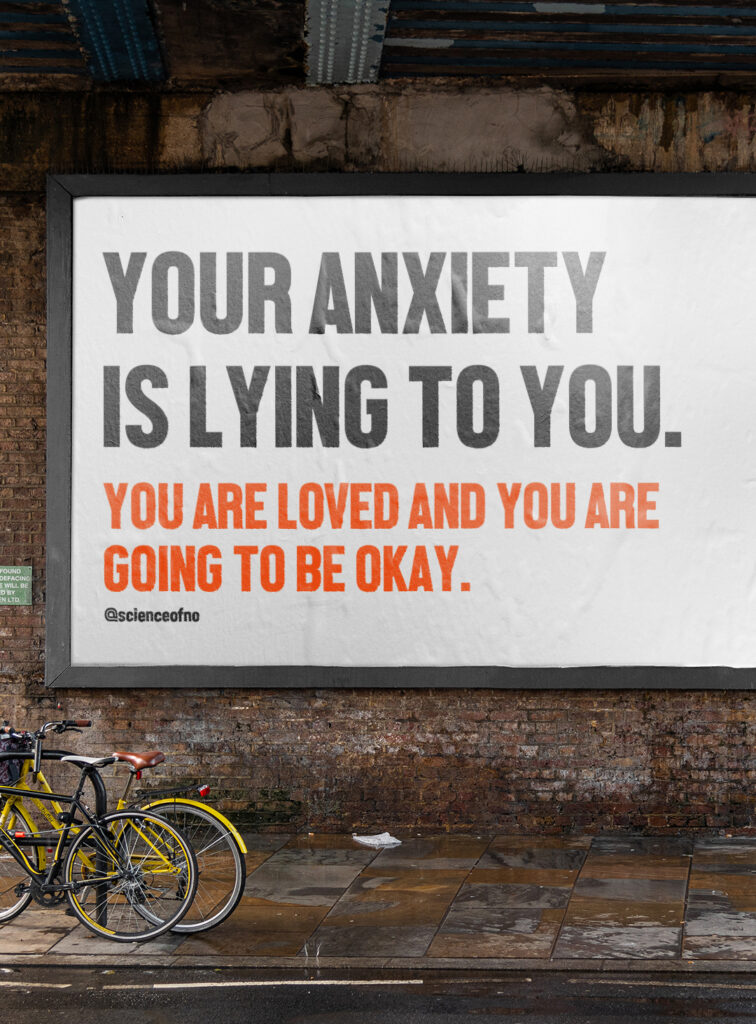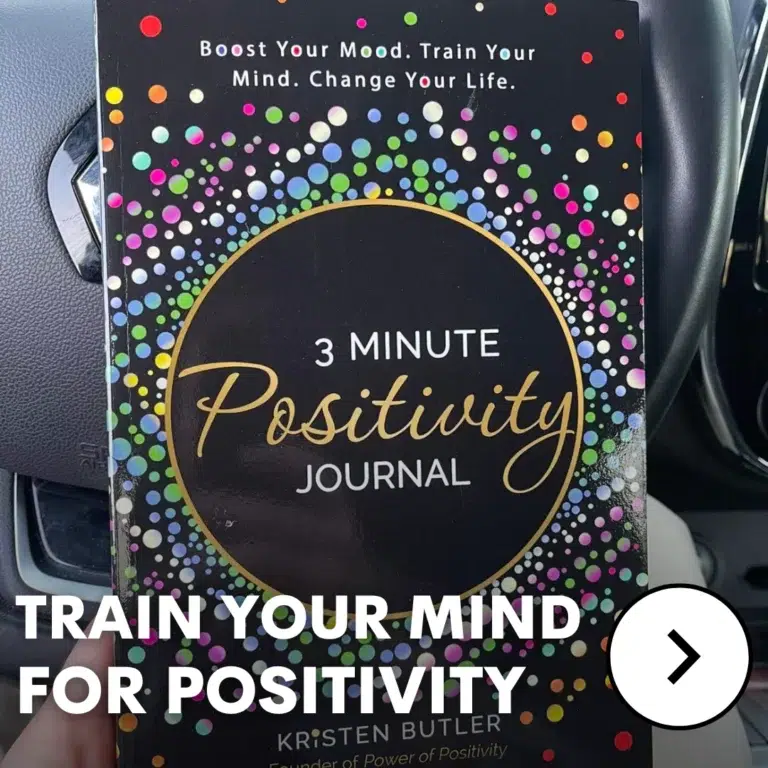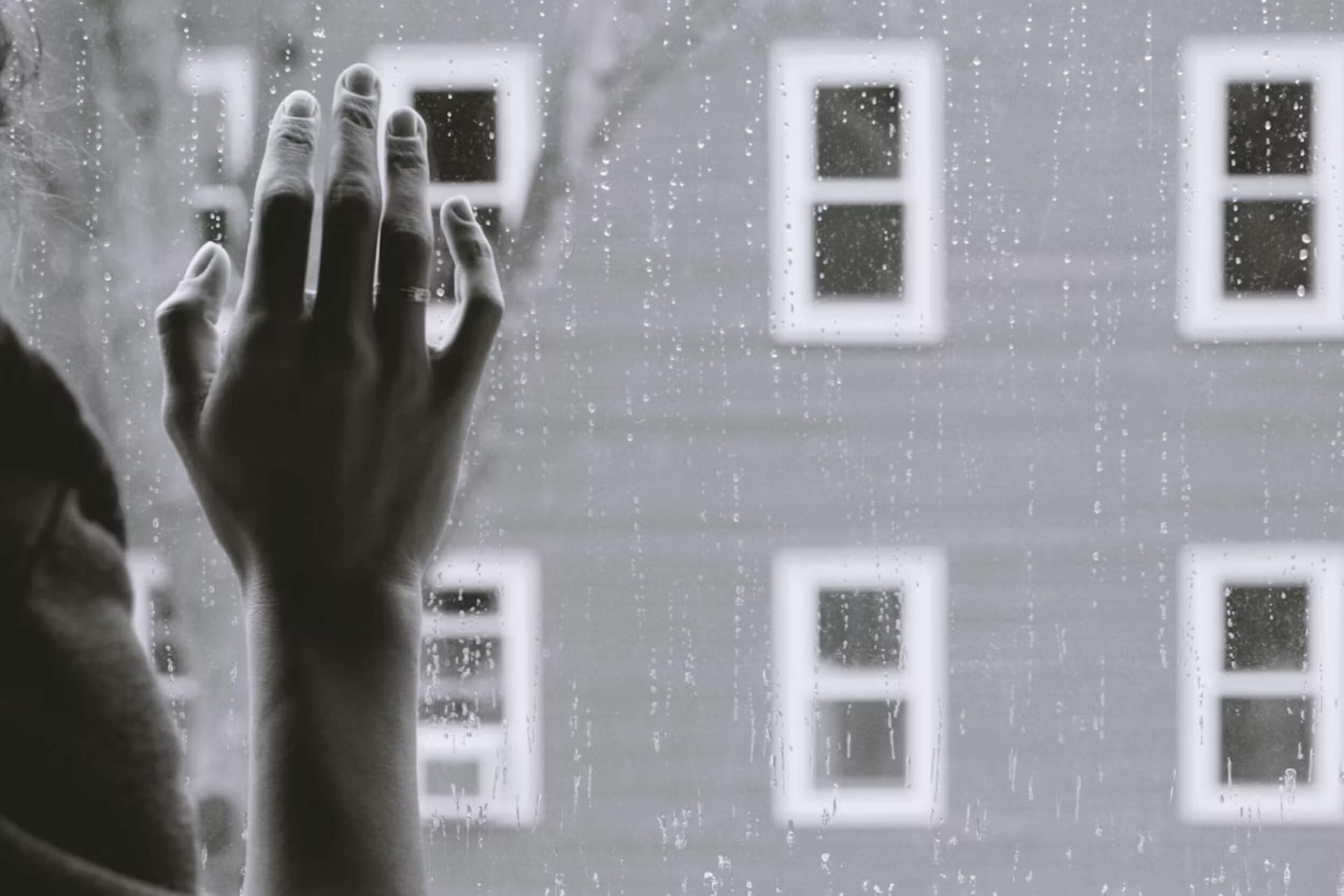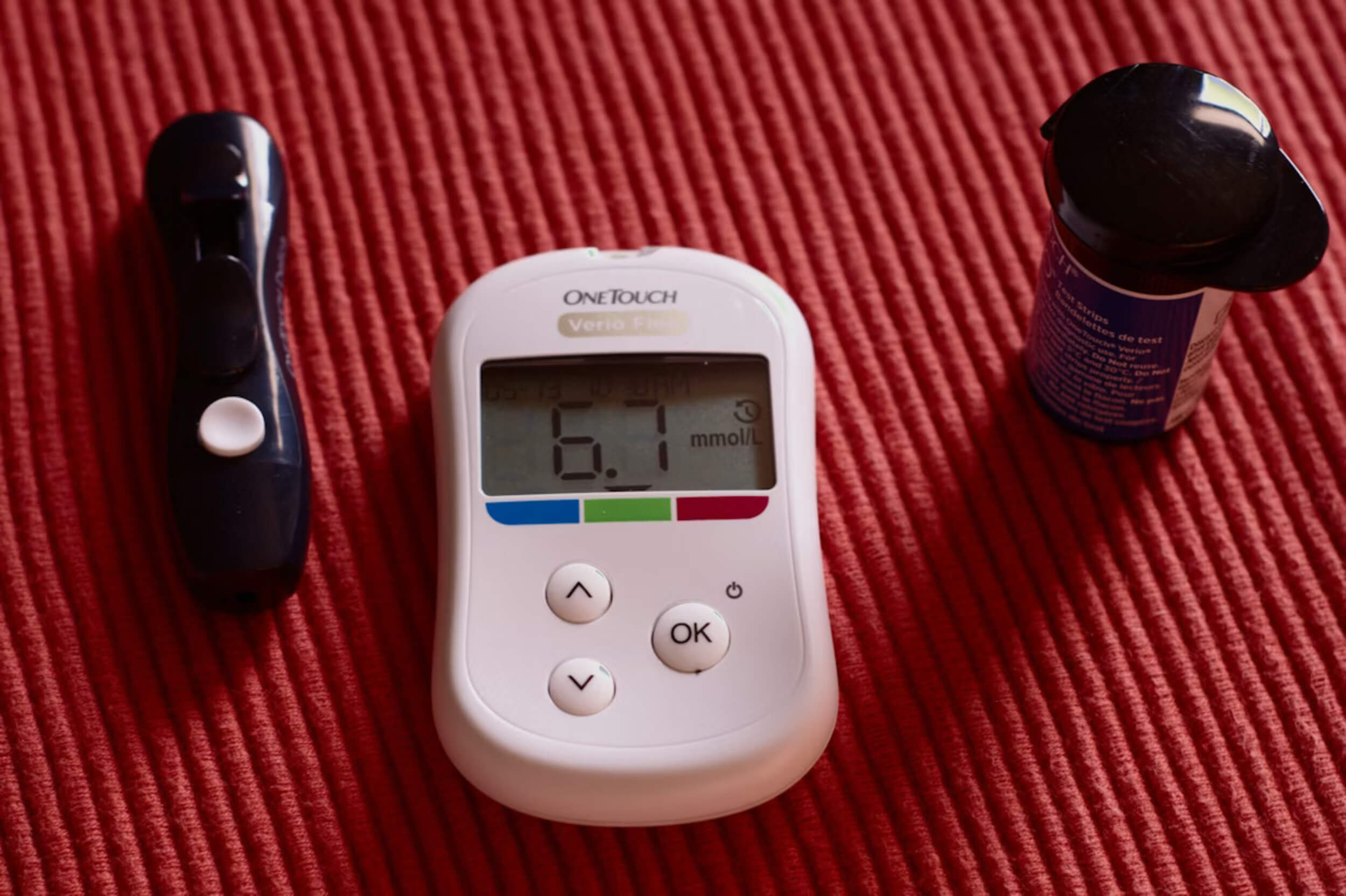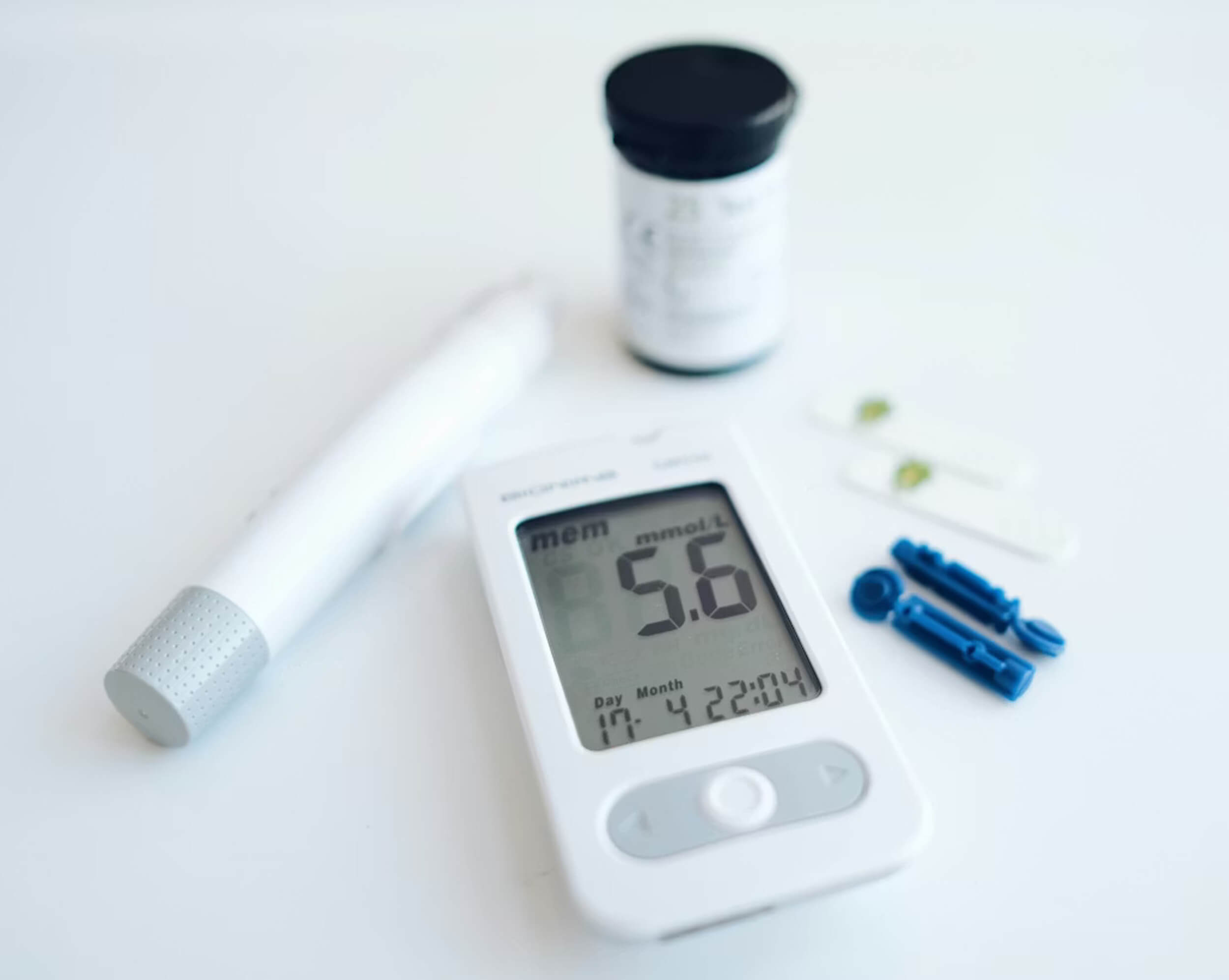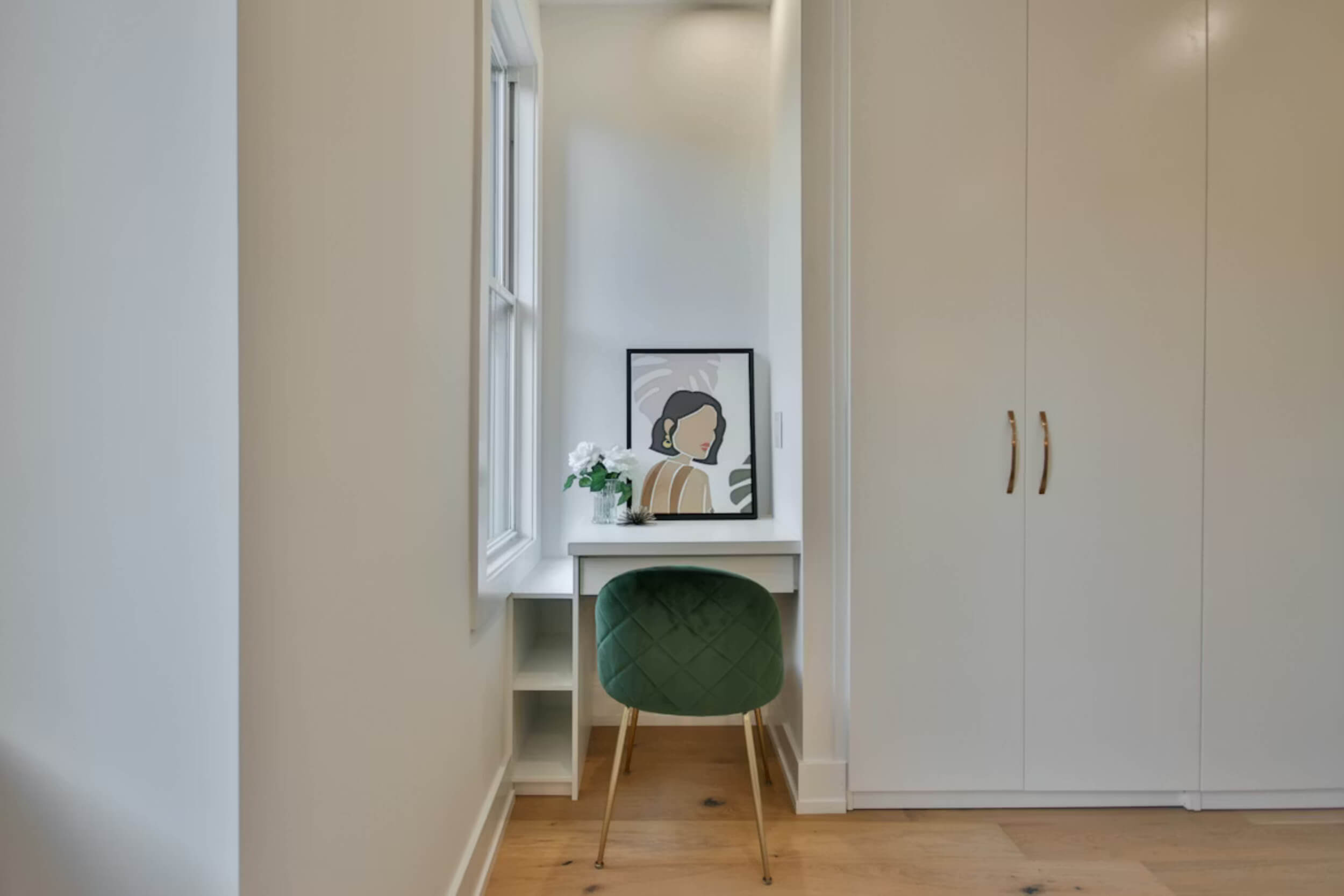Lung cancer takes more lives than any other type of cancer, but many people don’t realize how much control they actually have. The choices you make today—right now—can help protect you down the line.
One small step, like quitting smoking or getting your home checked for radon, can go a long way in lowering your lung cancer risk. You don’t need to change everything overnight. Just starting with one smart habit can already make a difference.
This isn’t meant to scare you. It’s about taking real, simple steps that give you more control over your health. You have more say in your future than you might think—and the sooner you act, the more it can help.
1. Quit Smoking — Even One Less Cigarette Counts
Cutting back on smoking—even just a little—can start lowering your lung cancer risk right away. It’s the number one cause of lung cancer, making up about 90% of all cases. Cigarettes, cigars, vapes, and pipes all play a role. No form is “safe,” even if used occasionally.
Kicking the habit isn’t easy, but it’s doable with the right help. You don’t need to go through it alone, and you don’t have to be perfect on the first try. These steps can help you start now:
- Use nicotine replacements like patches, gum, or lozenges
- Try free tools like quit-smoking hotlines, text reminders, or quit apps
- Ask your doctor about medicines that help with cravings and withdrawal
Taking the first step, even if it’s just smoking one less cigarette today, puts you on a better path. Reducing your lung cancer risk doesn’t always take big, dramatic changes. Sometimes, it just takes starting.
Each cigarette skipped is a win. Each hour you go without smoking helps your body heal. You have more control over your lung cancer risk than you think—and quitting is one of the strongest moves you can make.
2. Test Your Home for Radon (It’s Easier Than You Think)
Not everything that raises your lung cancer risk is easy to see. Radon is a gas that you can’t smell or taste—but it’s the second leading cause of lung cancer. It slips into homes through small cracks in the floor or walls and builds up without you even knowing.
The good news is that testing for radon is simple and affordable. You can take action today with these steps:
- Buy a radon test kit online or at a hardware store
- Follow the directions—leave the kit in place for a few days, then send it to the lab
- If levels are high, contact a certified radon specialist to reduce it
Keeping your home safe doesn’t need to be stressful. Testing once can help protect everyone under your roof. If you’re working on lowering your lung cancer risk, checking for radon is one step many people forget—but it’s one of the most important.
3. Make Your Indoor Spaces Smoke-Free
Breathing in smoke—even when you’re not the one smoking—can still raise your lung cancer risk. That includes secondhand smoke from friends, family, or even neighbors in shared housing.
Protecting your space doesn’t have to be hard. Try these simple habits at home and in your car:
- Set a no-smoking rule for indoors and enclosed spaces
- Talk openly with visitors about your smoke-free policy
- Keep windows open when smoke from nearby units drifts in
Children, pets, and older adults are especially sensitive to smoke. Taking these steps doesn’t just protect you—it protects everyone around you. You can’t always control what others do, but you can decide what’s allowed in your own space.
4. Know Your Workplace Exposure Risks
Your job might be adding to your lung cancer risk—and you may not even know it. Certain places, especially in construction, mining, or factories, can expose workers to harmful substances like asbestos, diesel fumes, and other chemicals.
Keeping yourself safe starts with knowing your surroundings. Here’s what you can do:
- Ask about ventilation systems at work
- Wear the right protective gear for your job
- Report unsafe conditions (even anonymously) if something doesn’t feel right
You have a right to work in a safe space. Don’t wait for symptoms to show up years later. Taking action now to reduce exposure helps lower your lung cancer risk and protect your long-term health.
5. Eat to Support Lung Health (Without Overpromising)
No food can “cure” cancer, but what you eat does matter. A healthy diet supports your immune system and helps your body fight damage from pollution, smoke, and stress.
Focusing on the right foods can help lower your overall cancer risk, including lung cancer. Try this:
- Add more veggies like broccoli, kale, or cabbage
- Swap out processed meats for beans, nuts, or fish
- Choose fresh fruits instead of sugary snacks
Eating well doesn’t need to be expensive or fancy. It’s about steady, daily choices. While food alone can’t erase past habits, it can still help support your efforts to lower your lung cancer risk moving forward.
6. Get Moving: Physical Activity for Prevention
Sitting for long hours isn’t just hard on your back—it can also affect your overall health, including your lungs. Regular movement supports your immune system, helps your lungs work better, and may lower your lung cancer risk over time.
You don’t need a gym membership or fancy gear to get started. These simple activities make a real difference:
- Take a 30-minute walk around your block or workplace
- Stretch or move during commercial breaks or after meals
- Do chores like sweeping, gardening, or cleaning with energy
Even a little movement is better than none. The goal isn’t to become an athlete—it’s to keep your body active and your lungs strong. Keeping up with daily activity is one more smart step toward lowering your lung cancer risk.
7. Prioritize Air Quality at Home and Work
Breathing clean air helps your lungs stay healthy—and that includes more than just avoiding smoke. Everyday items like dust, mold, cleaning sprays, and air fresheners can add to poor indoor air and raise your lung cancer risk over time.
There are easy ways to keep your air cleaner without needing major changes. Here are a few you can try today:
- Open windows after cleaning or cooking
- Use HEPA filters in your vacuum or air purifier
- Skip strong-scented sprays and stick to natural cleaners
Some air problems come from outside, especially if you live near heavy traffic or factories. In that case, keep windows shut during peak pollution hours and let air filters run longer.
Cleaner air helps lower your lung cancer risk, especially if you spend most of your time indoors. Small changes, like what you clean with or how you ventilate your home, add up to a safer, healthier space.
8. Get Screened If You’re at Higher Risk
Catching lung cancer early gives you more treatment options and better chances of recovery. If you smoked for many years—even if you’ve quit—you might benefit from a screening test.
Doctors often recommend a low-dose CT scan for people who:
- Are between ages 50 to 80
- Have smoked heavily (usually a pack a day for 20+ years)
- Quit smoking within the last 15 years
This scan is quick, painless, and can spot signs of lung cancer before symptoms show up. If you meet the guidelines, many insurance plans cover it.
Ask your doctor if you qualify. Screening isn’t for everyone, but for high-risk adults, it can save lives. Talking about it with a healthcare provider is a smart move—especially if you’re serious about lowering your lung cancer risk.
Prevention is powerful, but early detection is just as important. You don’t have to wait for something to feel wrong to start looking out for yourself.
Conclusion: One Step Today Can Change Everything
You might not be able to control everything that affects your health—but you do have a say in more than you think. When it comes to lowering your lung cancer risk, even the smallest decision can mean a lot down the road.
Tossing out your last pack of cigarettes, checking your home for radon, or making your space smoke-free are all actions you can take today. None of them require perfection—just a willingness to begin.
Every step counts. The sooner you act, the more you protect yourself. Lung cancer prevention isn’t just medical—it’s personal, and it starts with the choices you make right now.
